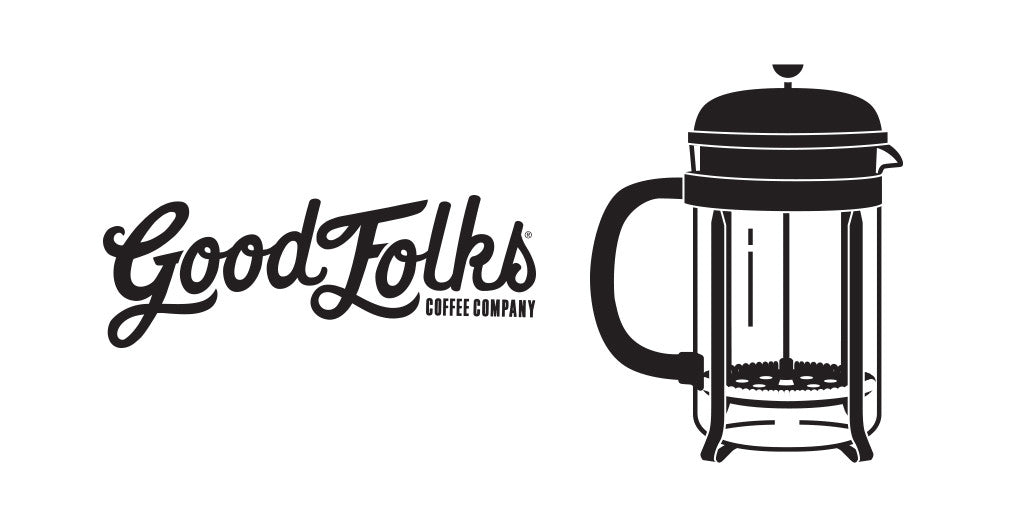
King French Press
When I first got into coffee about ten years ago, the French Press was the shibboleth of the with-it coffee crowd. People used to say that the metal filter allowed you to taste the “true flavor of the coffee” and by contrast that paper filters “stripped away the oils that gave coffee flavor.” In 2016, we know that this isn’t true. For one thing, there has been an explosion of resources that deal with the science of flavor extraction that counteract this myth. Furthermore, we’ve all tasted full-flavor coffee made with paper filters and can testify that the paper doesn’t diminish anything. So, if busting this myth was as easy as brewing a cup of coffee, how did we get it wrong for such a long time? I think the issue was that home coffee brewing was pretty binary a decade ago: you either used a drip pot or a french press. So, people made a lot of (bad) assumptions about paper filters based on the results of low-quality drip brewers.
The French Press is Dead
As pour-over devices became more popular, and affordable, high-quality drip brewers entered the market, the French Press has gone by the wayside. I don’t think there is any good reason for this, other than it is just out-of-fashion at the moment. It’s a shame because the French Press is an easy-to-use, affordable option for home brewing. And because it’s easy, it’s also repeatable, which is a big asset for coffee roasters trying to communicate brewing instructions that can replicated at home.
Long Live the French Press
For me, the French Press never stopped being the go-to brewing method. Most of the coffee I make at home is in a French Press and it’s the first device that I recommend to anyone interested in doing manual brewing. Here are a few of my reasons:
- Lower time demand when brewing. You spend about one minute pouring your water then walk away and wait for the timer to ding.
- Easy to manipulate the brew. It can take work to master the controlled pour necessary for other manual brew methods. Changing the length of a press brew is as easy as setting a longer timer.
- Doesn’t require a pouring kettle. See above. Any old kettle, or even a sauce pan, is good enough to transfer hot water to the press.
- No expense for new filters. One filter lasts a lifetime, baby.
- Best option for pre-ground coffee. The coarse ground coffee used in the press retains flavor better than coffee ground for drip filter, which is finer and oxidizes more quickly.
Coffee made in a French Press isn't necessarily better, but it does have a distinct quality, and for me, that quality essentially defines the “correct” taste of coffee. I think this is simply because it was introduced to me that way. Taste memory is a powerful thing and I don’t think I’ll ever shake the impression that was made on me when someone gave me a well-brewed cup of coffee from a French Press and said “Taste this. This is the way coffee is supposed to taste.”
I think the french press is the perfect brew method for super high quality coffee. Just like an expensive cut of steak, the best coffees (which aren’t always expensive) need least complex preparation; the simplicity of the press makes it the perfect vehicle for allowing a coffee to shine on its own terms. The coffees I’m really excited about making in my press these days are these awesome Colombia microlots, two of which is featured in our subscription program this week. In the press, these coffees are sweet, with big chocolate and subtle melon notes. So dig that French Press out from your kitchen cupboard and give it a try. Check out our brew guide for info on how to get the best results.

Leave a comment